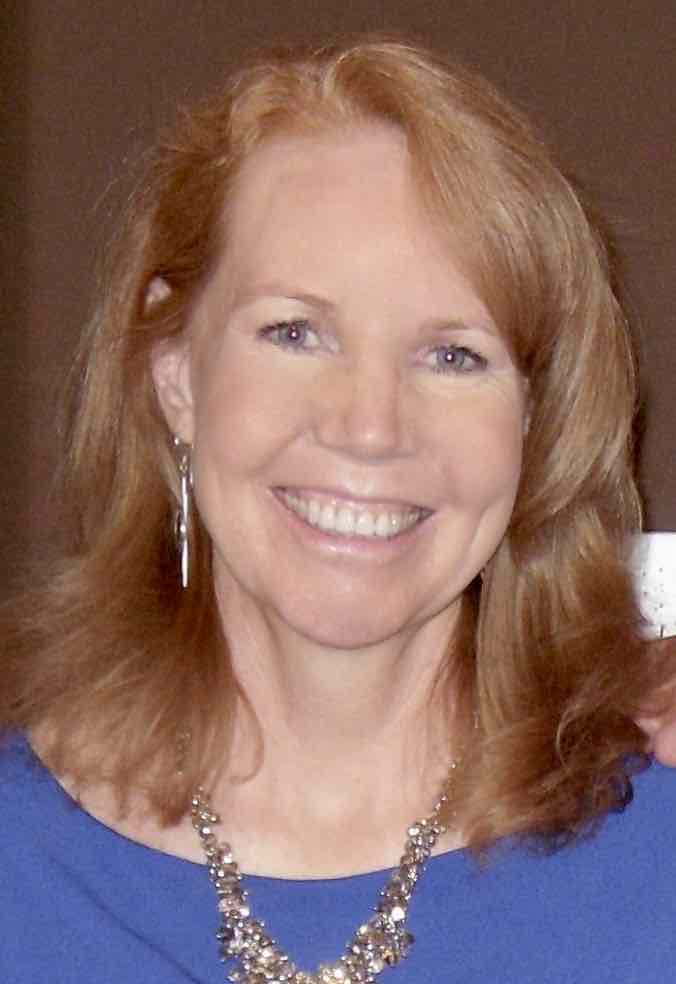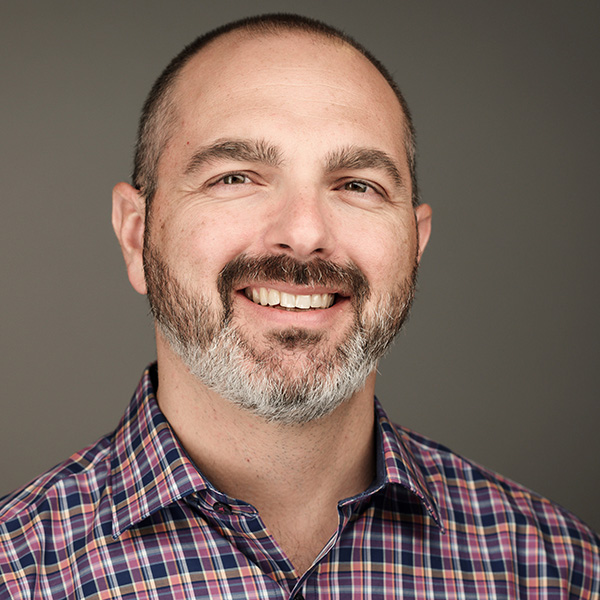September is Trip and Fall Prevention Month!
Learn Important Information About Trips and Falls
September is National Fall Prevention Month. So the spotlight now is recognizing the cause of these injuries and how to reduce the incidence of occurrence.
One of the most devastating and costly injuries an older adult can incur is a trip or a fall. The consequences can be irreversible and sometimes deadly. Recognizing this, there are now fall risk reduction prevention programs available across the nation to address the issues that cause trips and falls in the first place. But there is other information to consider as well.
The Journal of the American Geriatric Society reports:
- Falls by older Americans have devastating medical and economic consequences, reaching $50 billion a year
- In 2015, payments for nonfatal falls cost Medicare nearly $29 billion and Medicaid $8.7 billion, while private and other payers laid out $12 billion
- Medical costs for fatal falls accounted for more than $750 million.
- Falls can trigger the start of a senior’s decline, leading to more care, and often a stay in a Nursing home or long-term care center
- Many older Americans can never return home
- Women who fall tend to suffer hip fractures, while men are more likely to incur head and brain injuries
- Based on current estimates of the increasing numbers of seniors, fall occurrences could jump from about 29 million in 2014 to around 49 million in 2030
As the Baby Boomer Generation continues to age, so will the incidences of these injuries. And the economic burden related to these injuries will continue to skyrocket. But such accidents are neither inevitable or unavoidable. From getting out of bed in the morning, to getting back into bed at night, the myriad of solutions for preventing injuries are abundant.
One of the most common solutions for identifying trip and fall risks in the home are with home assessments, such as Silver Spaces (found at SilverSpaces.com). This cloud-based assessment guides the user, whether homeowner or professional, through a check list that asks questions about the resident’s community resources, as well as inspection of 10 areas of a home, interior and exterior. A report is then issued identifying those risks, suggesting modifications and/or changes, such as installation of grab bars, handrails for stairs, zero-step thresholds, furniture that is easy to get in and out of and clear walking paths throughout the home.

As adults age, they are loathe to admit that exposure to incidences like trips and falls increases because the changes the human body goes through are so insidious. Remember that a health practitioner has no knowledge of a home environment. So fall prevention options like home assessments are a great way to “stay ahead” of potentially dangerous problems.
Other ways of identifying and reducing the risk of trips and falls can be through the interaction with a patient’s own doctor or other health professional. It is becoming much more common for health professionals ask questions that relate to falls during a patient visit. Examples of these are:
- Reviewing medications to identify those that could cause weakness or dizziness, which can lead to falls
- Monitoring blood pressure and Diabetes medications because when pressure or blood sugar levels dip too low, lightheadedness can occur and lead to a fall
- Recommendations that any older person who is weak or unsteady on their feet should have assistance with daily living tasks to reduce the incidence of injury
- Use of canes or walkers to provide continuous stability, in addition to grab and stability bars in the home for those with balance issues
- Aging can result in vision and hearing changes, which can also lead to stumbling over cords or not hearing when something is dropped on the floor. Regular vision and hearing tests should be part of annual health checks
So in reality, much of personal safety is up to the individual themselves. But with knowledge in hand on the many optional ways of preventing trips and falls, a healthier Lifestyle is possible!
Reference:
Florence, Curtis and Gwen Bergen, Adam Atherly, Elizabeth Burns, ,Judy Stevens, Cynthia Drake. “Medical Costs of Fatal and Nonfatal Falls in Older Adults.” Journal of the American Geriatrics Society. March 7, 2018. Web.
https://agsjournals.onlinelibrary.wiley.com/doi/abs/10.1111/jgs.15304
Photo 206076354 / Person Tripping © Lacheev | Dreamstime.com

























